Understanding Currency Adjustment Factor (CAF) charges is crucial for managing costs effectively in international shipping. CAF charges are adjustments made to freight rates to account for fluctuations in currency exchange rates. These charges help shipping companies balance the risks associated with currency volatility, ensuring the carrier and the customer maintain fair pricing.
The purpose of CAF is to protect shipping lines from the financial impact of fluctuating currencies, which can affect the cost of shipping services. Applying CAF charges allows shipping companies to stabilize their revenue and maintain consistent customer pricing.
This guide aims to clearly understand CAF charges in shipping, including how they are calculated, strategies to mitigate CAF surcharges, and more. Knowing about CAF can help you better manage your shipping expenses and make informed decisions, whether you are a shipper or a freight forwarder.
Step-by-Step Calculation of Currency Adjustment Factor (CAF) and Examples
Step 1: Determine the Base Currency Rate:
Identify the base currency rate used to calculate the shipping charges. It is typically the currency in which the shipping costs are initially quoted, such as USD.
Step 2: Identify the Exchange Rate:
Find the current exchange rate between the base and destination currencies. This exchange rate fluctuates due to market conditions.
Step 3: Calculate the Exchange Rate Difference:
Calculate the difference between the current exchange rate and the previous exchange rate used. This difference reflects the fluctuation in currency value.
Step 4: Apply the CAF Percentage:
Determine the CAF percentage applied by the shipping company. This percentage adjusts the freight rate to account for currency fluctuations.
Step 5: Calculate the CAF Charge:
Apply the CAF percentage to the freight rate to determine the actual CAF charge. It is done by multiplying the freight rate by the CAF percentage.
Example: Basic Calculation
Base Freight Rate: USD 1,000
Previous Exchange Rate: 1 USD = 0.85 EUR
Current Exchange Rate: 1 USD = 0.80 EUR
CAF Percentage: 3%
Calculation:
- Exchange Rate Difference: 0.85 – 0.80 = 0.05 EUR
- CAF Charge: $1,000 x 3% = $30 USD
Adjusted Freight Rate: $1,000 + $30 = $1,030 USD
Situations Where CAF is Applicable
Currency Adjustment Factor (CAF) charges are essential when currency fluctuations impact shipping costs. Understanding when and why CAF is applied helps you manage and anticipate changes in your shipping expenses.
Relevance in International Trade with Multiple Currencies
CAF is particularly relevant in international trade involving multiple currencies. When shipping goods between countries using different currencies, the value of those currencies can fluctuate significantly. CAF helps to adjust the freight charges based on these fluctuations, ensuring that shipping companies remain financially stable and can offer consistent pricing to customers despite currency volatility.
Common Application in Ocean Freight Shipments
In ocean freight, CAF is commonly used to address currency fluctuations. Since ocean freight rates are often quoted in a base currency like USD, fluctuations in the exchange rate between USD and the destination’s local currency can affect the final cost of shipping. By applying CAF charges, freight forwarding companies like Intoglo adjust their rates to account for these changes, ensuring fair pricing for both the shipper and the carrier.
Standardized CAF Clauses in Specific Trade Routes
Some trade routes have standardized CAF clauses due to consistent currency fluctuations between specific countries. For example, routes between the US and Europe may have a predefined CAF percentage to address regular changes in exchange rates between USD and EUR. These standardized clauses help streamline the process and provide predictable cost adjustments for regular trade routes.
At Intoglo, we specialize in making international shipping from India to the USA simple and cost-effective, even in the face of currency fluctuations. Our services are designed to meet the needs of businesses of all sizes. Whether you’re a first-time exporter or a seasoned enterprise, we offer end-to-end solutions that ensure smooth, cost-effective deliveries.
From instant rates for full container loads on the India-to-USA trade lane to our extensive warehouse network of over 50 locations across the USA, we are equipped to manage every aspect of your shipment.
Get a Free Quote for Your Next Shipment.
Impact of Currency Fluctuations on CAF
Currency fluctuations directly affect the CAF charges applied in shipping. Understanding these impacts helps in better financial planning and cost management.
1. Impact of US Dollar Depreciation on CAF
When the US Dollar depreciates, its value decreases relative to other currencies. This depreciation can increase the CAF charges since shipping companies may need to adjust their rates to compensate for the reduced value of the USD. Consequently, shippers may see higher charges when converting their base rate from USD to other currencies.
2. Historical Context and Significant Events
Historical events such as economic crises, geopolitical tensions, and changes in monetary policy have caused significant currency fluctuations. For instance, the 2008 financial crisis led to substantial volatility in currency markets, which impacted CAF charges. Understanding these historical contexts helps anticipate how similar events might influence current CAF rates.
3. Legal Proceedings and Industry Regulations
Legal proceedings and industry regulations also affect CAF. Regulations may dictate how CAF should be calculated and disclosed, ensuring transparency and fairness in shipping costs. For example, some regions have specific rules on how frequently CAF can be adjusted and how it must be communicated to customers. Keeping abreast of these regulations ensures compliance and helps in managing CAF-related disputes.
Strategies to Mitigate CAF Surcharges
Mitigating CAF (Currency Adjustment Factor) surcharges is crucial for managing your shipping expenses effectively. Since currency fluctuations influence CAF charges, employing strategies to reduce their impact can lead to significant cost savings. Here are some effective strategies to consider:
1. Negotiate Long-Term Contracts
Securing long-term shipping contracts with fixed CAF rates can help stabilize shipping costs. Locking in CAF percentages over extended periods can shield your business from frequent currency fluctuations and avoid unexpected cost increases.
2. Use Hedging Instruments
Hedging is a financial strategy used to protect against currency risk. Tools such as currency futures, options, or swaps can help lock in exchange rates and mitigate potential losses from currency volatility. Consulting with a financial expert to implement these hedging strategies can effectively manage and reduce CAF surcharges.
3. Regularly Review and Adjust Contracts
Regular reviews of your shipping contracts in response to changing currency conditions can help manage CAF charges more effectively. By staying informed about currency trends and adjusting your contracts as needed, you can minimize the impact of fluctuations on your shipping costs.
4. Consolidate Shipments
Consolidating smaller shipments into larger loads can sometimes reduce the impact of CAF charges. By combining shipments, you may negotiate better rates and lessen the overall effect of currency adjustments on your costs.
5. Work with Freight Forwarders
Partnering with experienced freight forwarders can provide valuable insights into managing CAF surcharges. Freight forwarders usually have established ties with shipping lines and can assist you in implementing techniques to mitigate the impact of currency changes.
6. Optimize Currency Conversion
Using tools and services that offer favorable exchange rates for currency conversion can help reduce CAF charges. You can lower the amount of CAF applied to your shipments by ensuring you get the best conversion rates.
Implementing these strategies can help you manage CAF surcharges and achieve more predictable and cost-effective shipping.
Conclusion
Currency Adjustment Factor (CAF) plays a significant role in international shipping by addressing the impact of currency fluctuations on freight rates. Effective management of CAF is essential to maintain stable shipping costs and ensure financial predictability. Looking ahead, currency changes are projected to continue to have an impact on CAF adjustments. Staying informed about currency trends and employing proactive strategies will help you navigate these changes effectively.
Intoglo provides door-to-door shipping from India to the USA for streamlined shipping solutions, including:
- End-to-end shipment visibility via Glotrack, with real-time updates and WhatsApp notifications
- In-house compliance and pre-screening for hassle-free customs clearance
- Customs bond services for USA exporters
- 40+ trucking partners
- 10 free days with premium shipping lines in the USA
- Dedicated communication in India and USA time zones for seamless support
Whether you’re handling bulk shipments or need specialized logistics support, Intoglo ensures a smooth, transparent experience every step of the way.


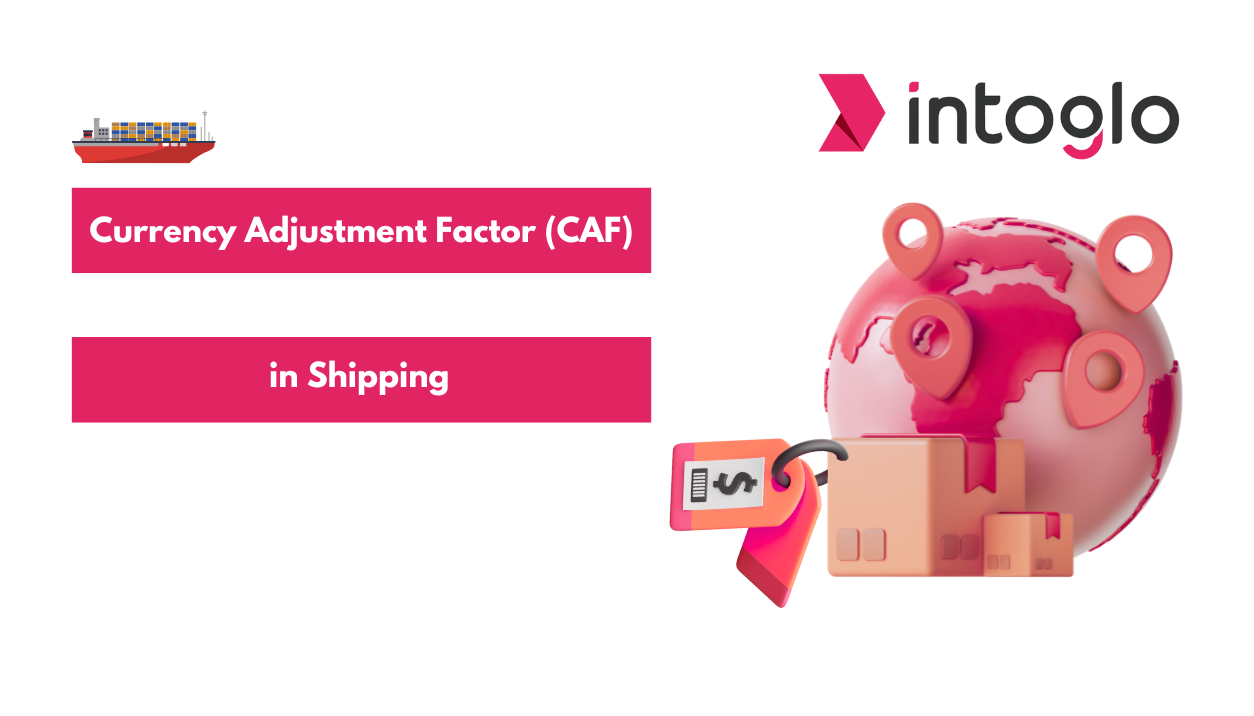
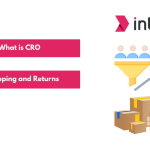

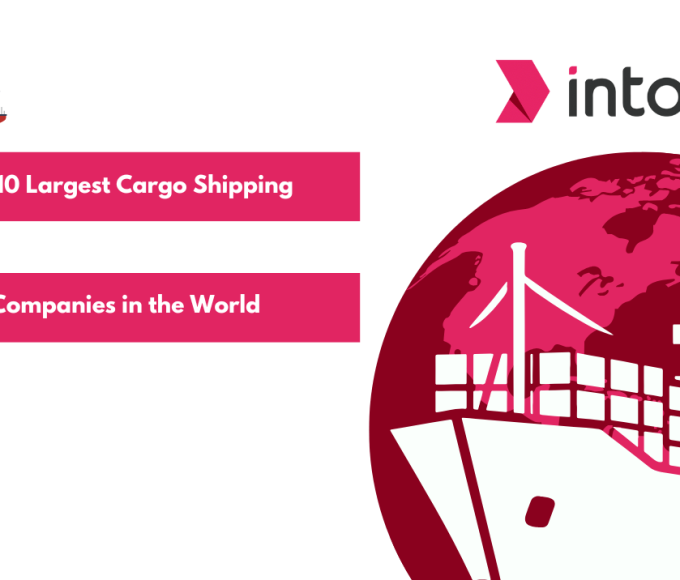
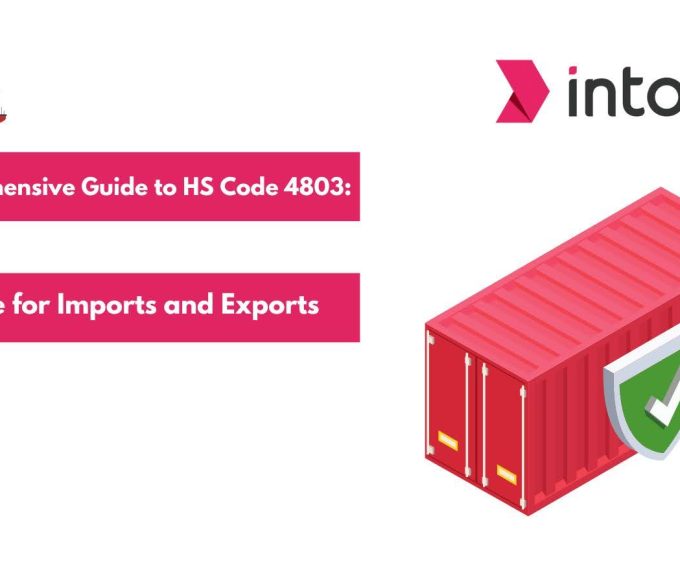
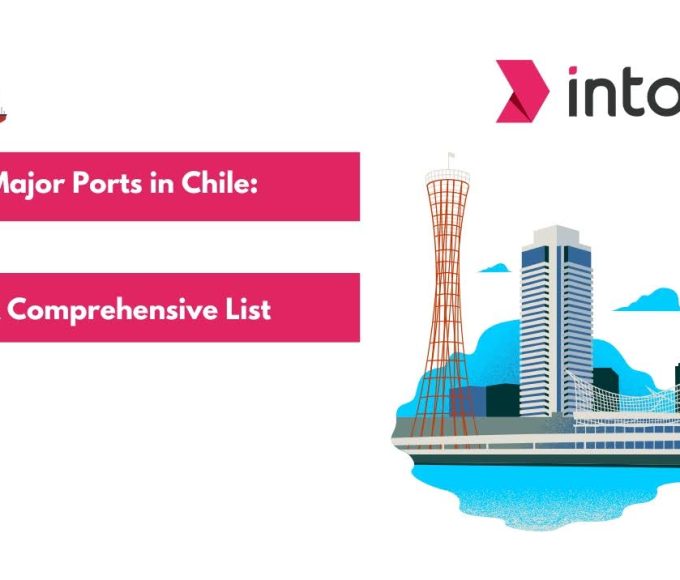
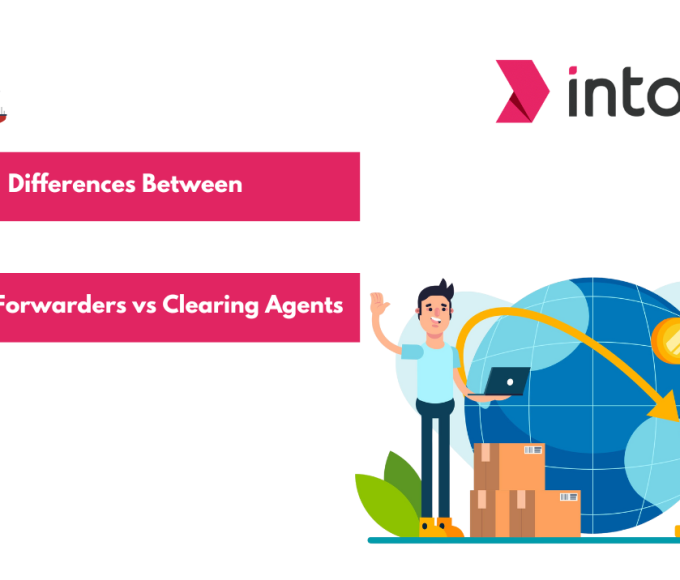
Leave a comment